Vacutainer tubes. For what each one serves according to its color
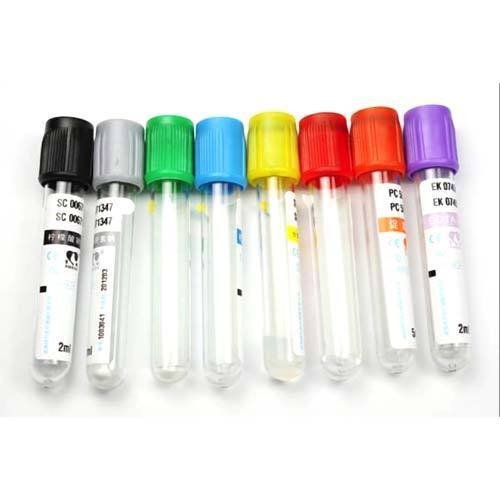
Let's start
Vacutainer tubes
To know them a little better, the vacutainer tubes are test tubes made of glass and plastic with a soft plastic lid (of varied colors) specially designed for the extraction of blood under vacuum. In the center of the lid there is a rubber stopper that allows to be penetrated by the needle and to place there the blood extracted from the patient.
There are several types of Vacutainer tubes and they can be distinguished by the color of their lid; since it indicates that there is inside the tube and for which the sample will be used. Let's know a little more about this:
Red Cap. Serum
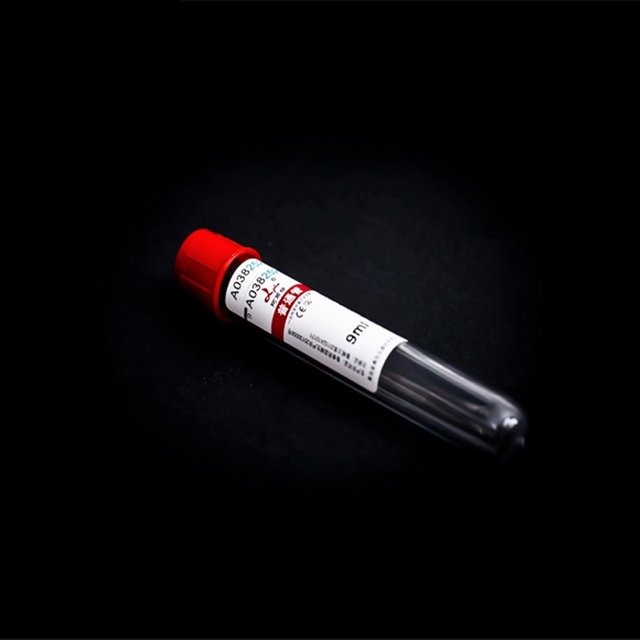
Reference
There are two models for this color, those with the tube made of plastic material and those made of glass material.
Those of PLASTIC TUBES contain coagulating agents inside, scattered on the walls. This is used when serum is needed for analysis.
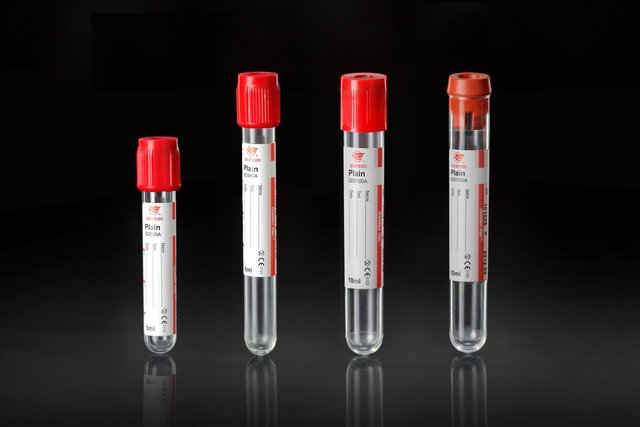
Reference
The function of these tubes is to store the blood sample to perform in the future Clinical Chemistry and Serology (presence of antibodies in the blood).
Those of GLASS TUBES does not contain any liquid or internal substance. These are used to conduct studies of the presence of drugs or analyze antibodies.
With this tube you can also perform special tests such as T3, T4, TSH, Prostatic Antigen, Protein C, among others.
Cover Orange. RST
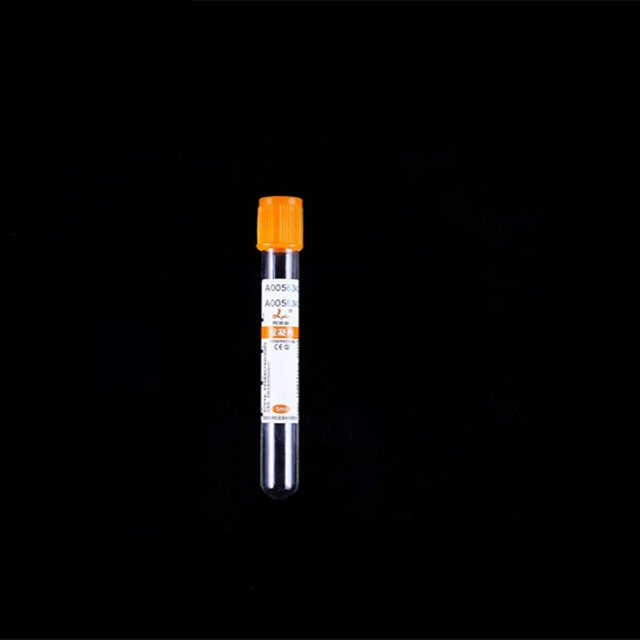
Fuente
These tubes are used to quickly obtain a sample ready to be studied. It has inside a coagulation activator (TROMBINA) that allows it to be in just 5 minutes and only 3 minutes of centrifugation to separate. Urgent sample collection cases are used.
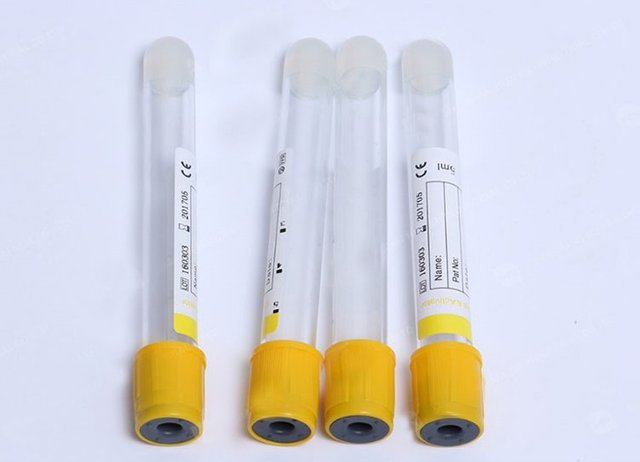
Yellow Cover. Serum with Gel Separator
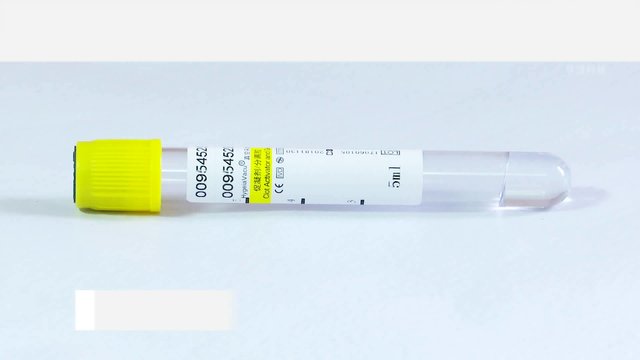
These tubes have in their interior a coagulating agent together with a serum separating gel. This is used to perform both Clinical Chemistry and Serum Determinations studies. This facilitates the process of conducting studies in the same sample.
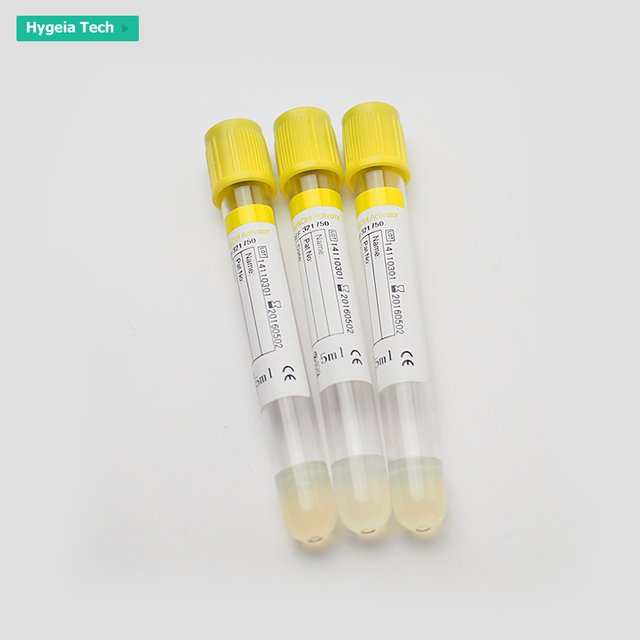
Purple Top. EDTA
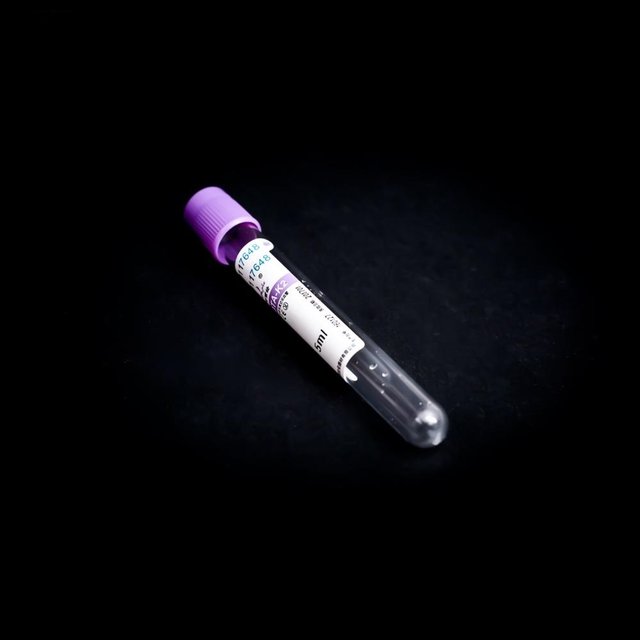.jpg)
These tubes contain EDTA, a potassium salt that serves as an anticoagulant, which is scattered on the walls of the tube. This is used to store the blood sample (whole) when they are going to perform hematological tests (blood cell count) or smear to see under a microscope.

Blue Cap. Citrate
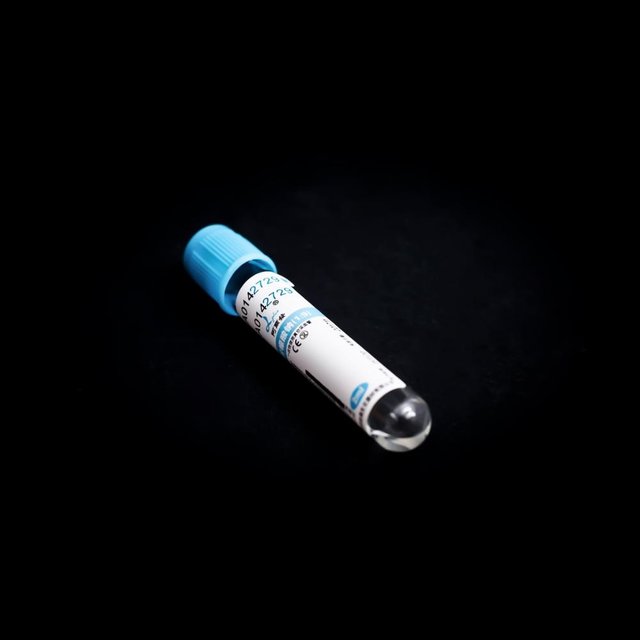.jpg)
Reference
This tube contains inside Sodium Citrate at 3.2%; This is an anticoagulant that can be reversible, in a liquid state it dilutes the blood well. It is used to perform blood coagulation tests, including TP and TTP.
Prothrombin Time (TP): blood test that measures the time when the liquid portion of the clot coagulates.
Thromboplastin Time (TTP): examines the time it takes the blood to clot and defines if there are bleeding or coagulation problems.
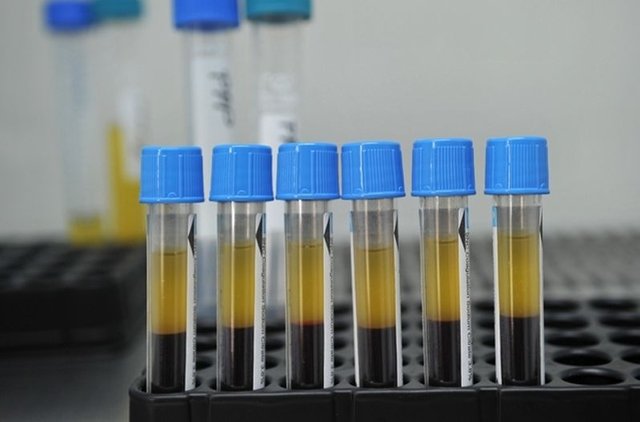
Green cap. Heparin
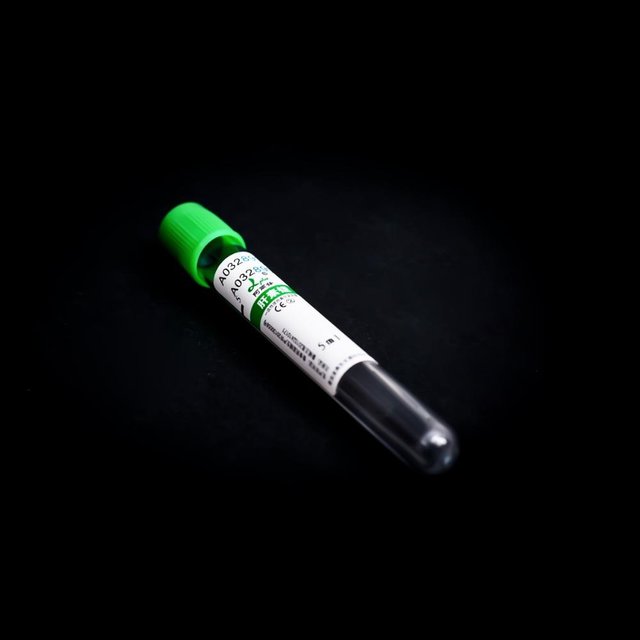.jpg)
Reference
This tube can contain both sodium heparin and lithium heparin which are anticoagulant agents that are used in these tubes for future testing of clinical plasma chemistry
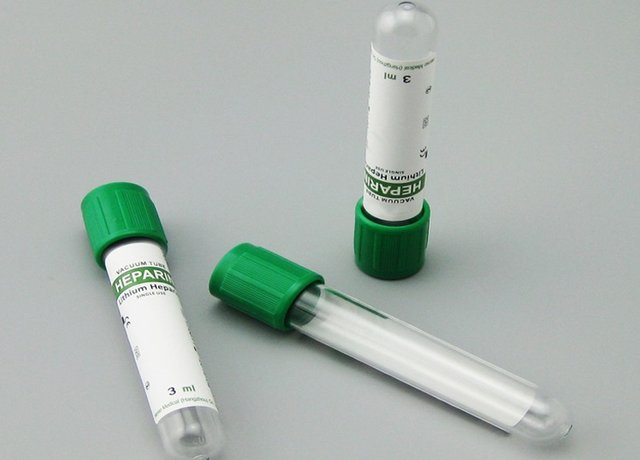
<¢er>
Gray Cover
These special tubes contain Fluoride and Potassium Oxalate. Oxaloacetate works as an anticoagulant while fluoride stops the action of enzymes on certain substrates such as glucose. These tubes are used to perform blood glucose determinations
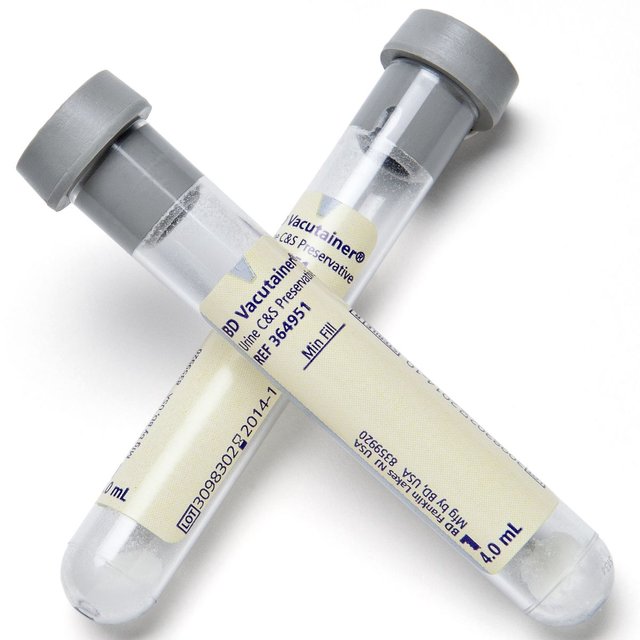
Blue Cap King or Dark Blue
These tubes contain Sodium Heparin (anticoagulant) inside and may also contain EDTA or silicone. These are used for studies of the presence of metallic traces.
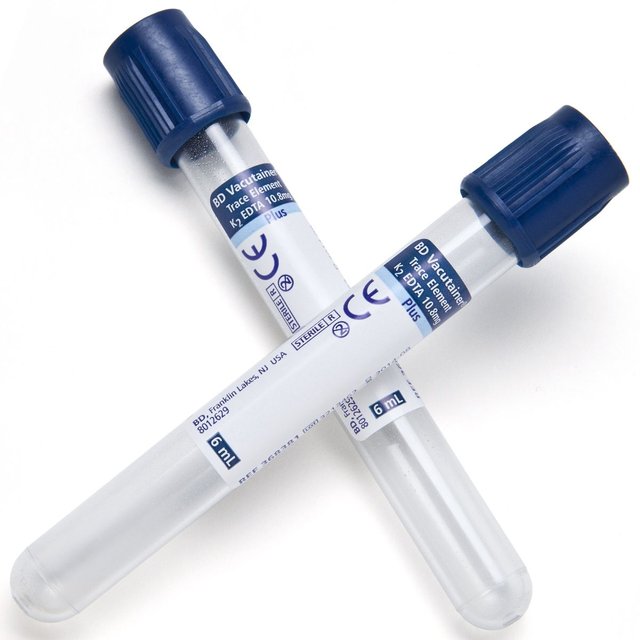
Clear Yellow Cover
These tubes contain SPS (Sodium polystyrene sulfonate). This substance is used in these tubes to be able to perform in the future: Paternity Tests, cultures in ACD (acid-citrate-dextrose) and HLA (human leukocyte antigens).
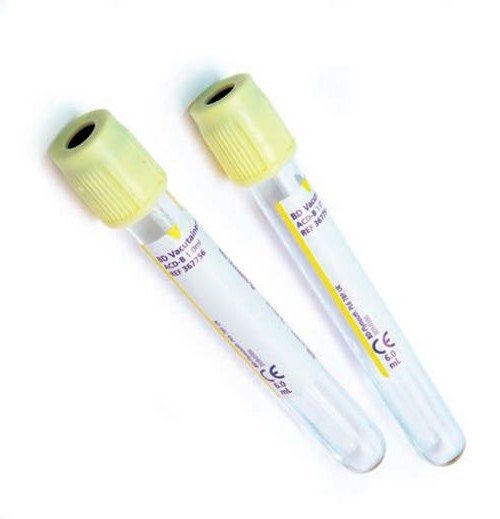
Black pipe
This tube may contain both sodium citrate and EDTA. This tube is used to store blood samples that will be tested for V.S.G. and Globular sedimentation rate.
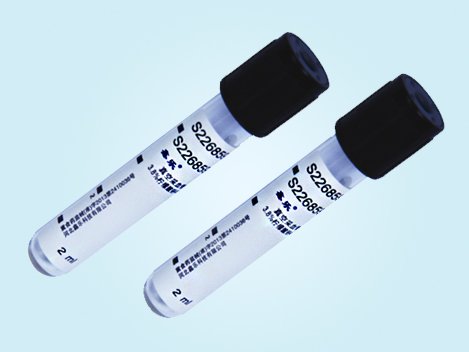
This is how the functions of the different vacutainer test tubes for blood extraction are distributed. I hope you liked this information and it will be useful at some point.
References
- BD Diagnostics Preanalytical Systems. Catalog of products for the collection of venous, arterial and urine samples. www.bd.com/vacutainer http://legacy.bd.com/mexico/vacutainer/pdfs/catalog.pdf
- Rosenfeld L (2000). Full text To golden age of clinical chemistry:
- Specimen Collection Tubes & Containers
- Blood collection: routine venipuncture and specimen handling
We are reading

Congratulations @christian94! You have received a personal award!
Click on the badge to view your Board of Honor.